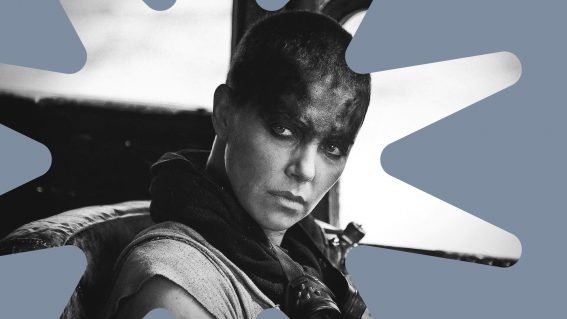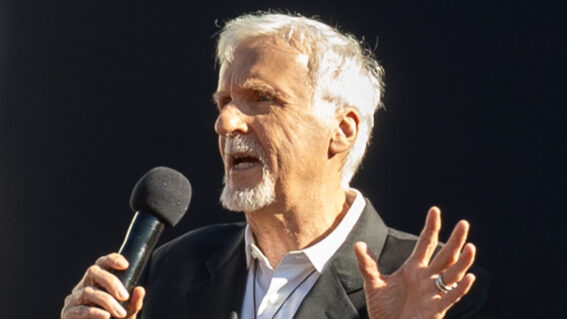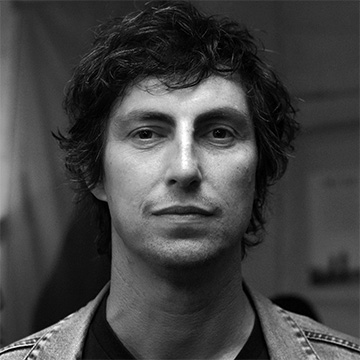Touching the Sky turns the dream of flying into a thrilling VR documentary
Available on Meta Quest headsets, Touching the Sky is an hour-long VR documentary that turns extreme sports into a soaring immersive experience.
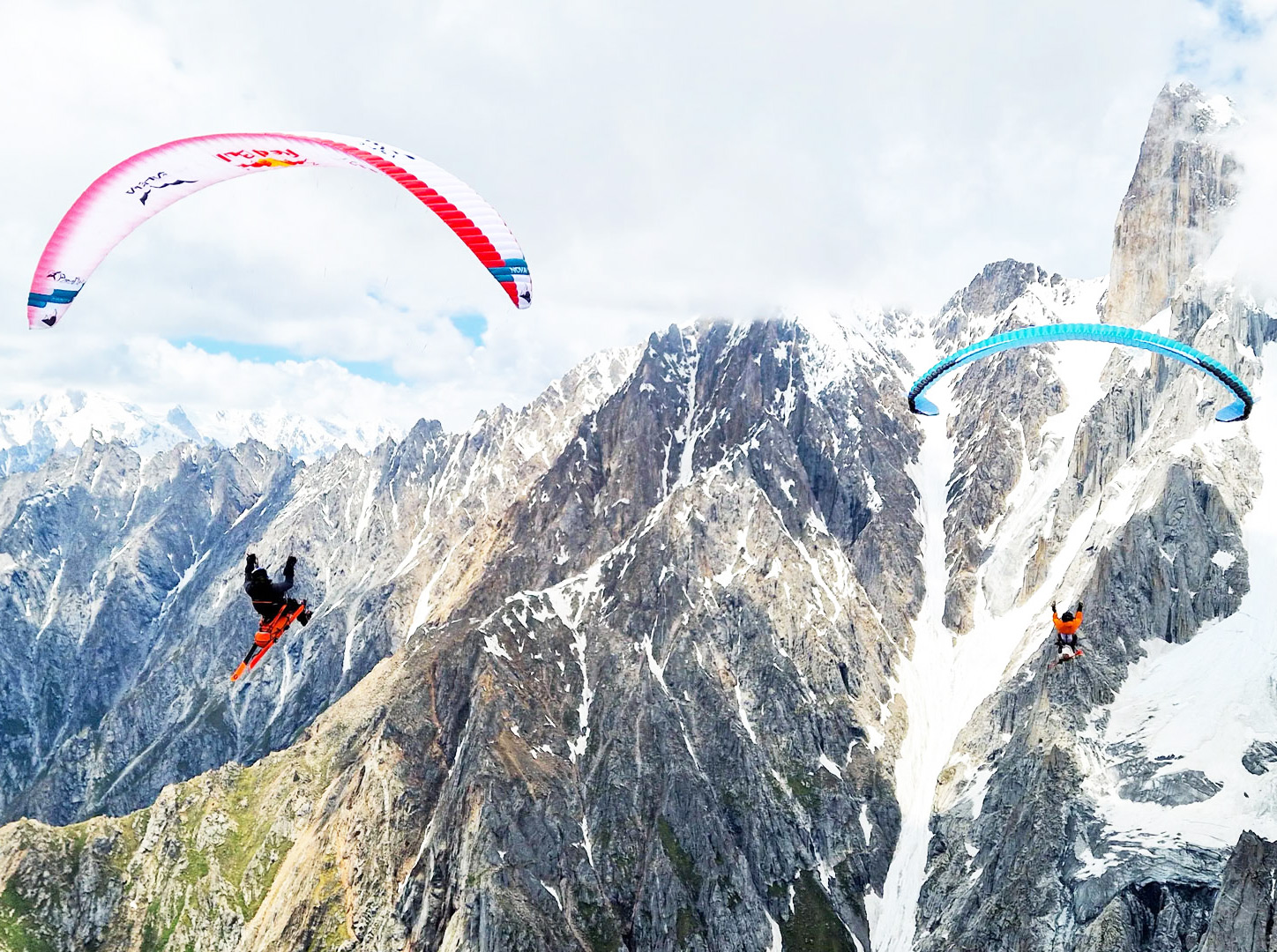
There are many insanely beautiful sights in Touching the Sky, an hour-long 360 documentary that follows athletes who use paragliding, wingsuits, speed riding and BASE jumping to whoosh through high altitude locations. Just, you know, everyday places—like the Dolomite Mountains in northern Italy and the Mont Blanc massif on the French-Italian border. It’s impossible to put into words the sheer majesty of these environments, but it is possible to capture some of their might visually, as director Jonathan Griffith proves in this film (available for free on Quest headsets via Meta Quest TV) by using custom-built 3D 360 cameras.
Griffith is well established in the genre of vertiginous immersive experiences. He previously helmed another near feature-length 360 production, The Soloist, about legendary free-soloing rock climber Alex Honnold. It has several “wow” moments, contrasting ancient rock formations with the sight of one of us piddly, mortal humans scurrying up them. But the experience felt to me rather staid, filled with still compositions—as if the film itself was clinging on for life, grabbing a chunk of mountainous rock, not wanting to let go. Touching the Sky by contrast really flies—literally flies—the now-liberated camera soaring like a bird.
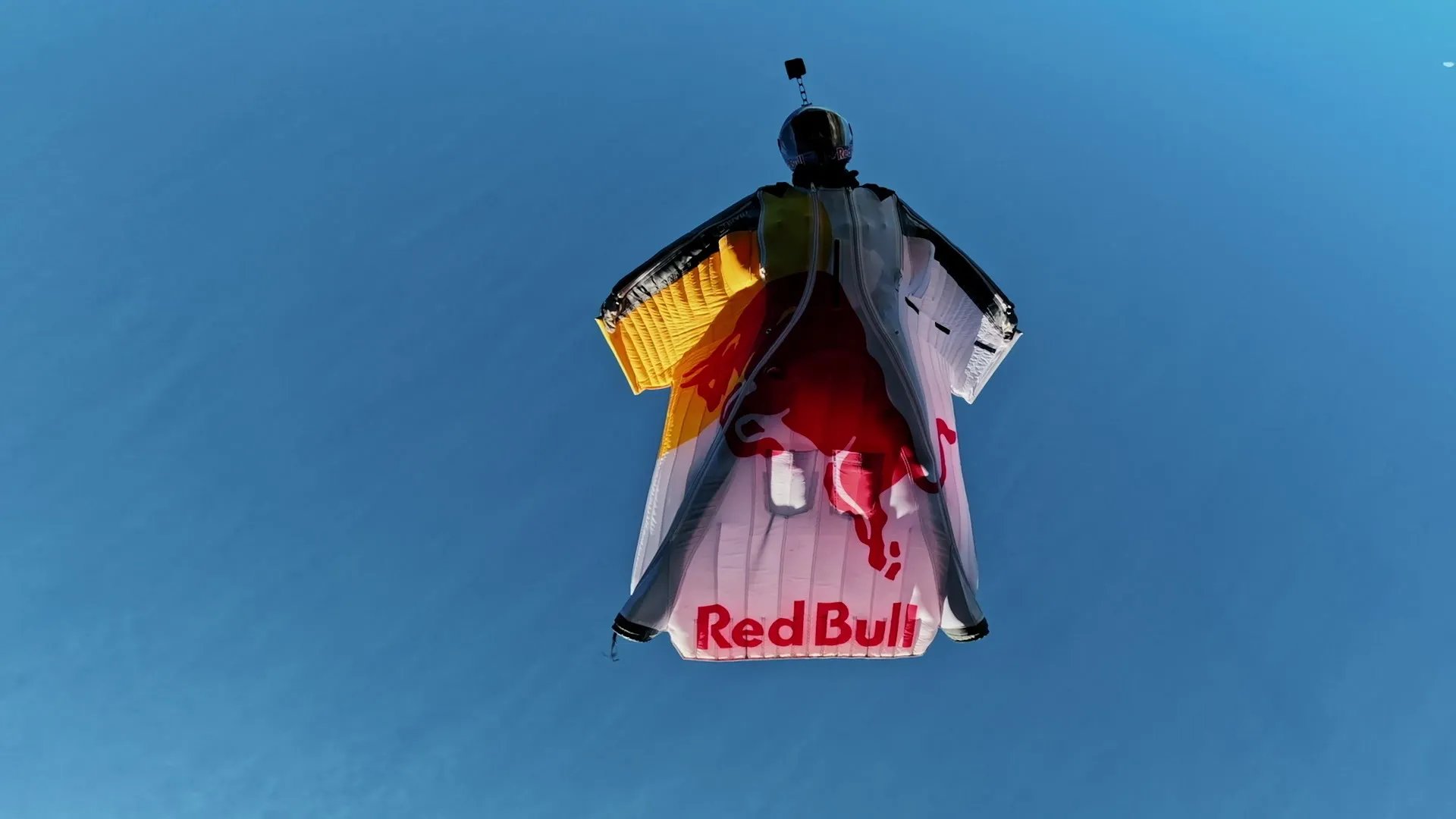
My favourite moments are short and transitory, when the subjects leap into action—from the top of a cliff, for instance—and we, the virtually embodied viewer, follow them. It’s a visceral thrill, uniting subject, viewer, and medium, in bursts of “off we go!” At this point in VR history, however, we know these sorts of thrills do not a complete, satisfying experience maketh. We can only sail through the air, or sit on a sloshing boat, or whoosh along a rollercoaster track for so long. These are the things of shortform, sugar-hit content, not hour-long experiences.
Griffith therefore deploys conventional documentary elements, including personal stories and voice-over narration. Paraglider and adventurer Matthias Weger speaks during the introductory immersion, which captures Aaron Durogati paragliding through the skies of Zermatt—the Matterhorn, aka “Toblerone mountain,” to his right. Weger recalls a famous saying in paragliding (“if you could see the air, you’d never learn how to fly”) and reflects on the dangerous nature of the sport (“all that’s stopping you from falling out of the sky is a thin sheet of fabric that feels about as thick as a plastic shopping bag”). We learn Durogati pursued paragliding despite losing his father to the sport when he was 25.
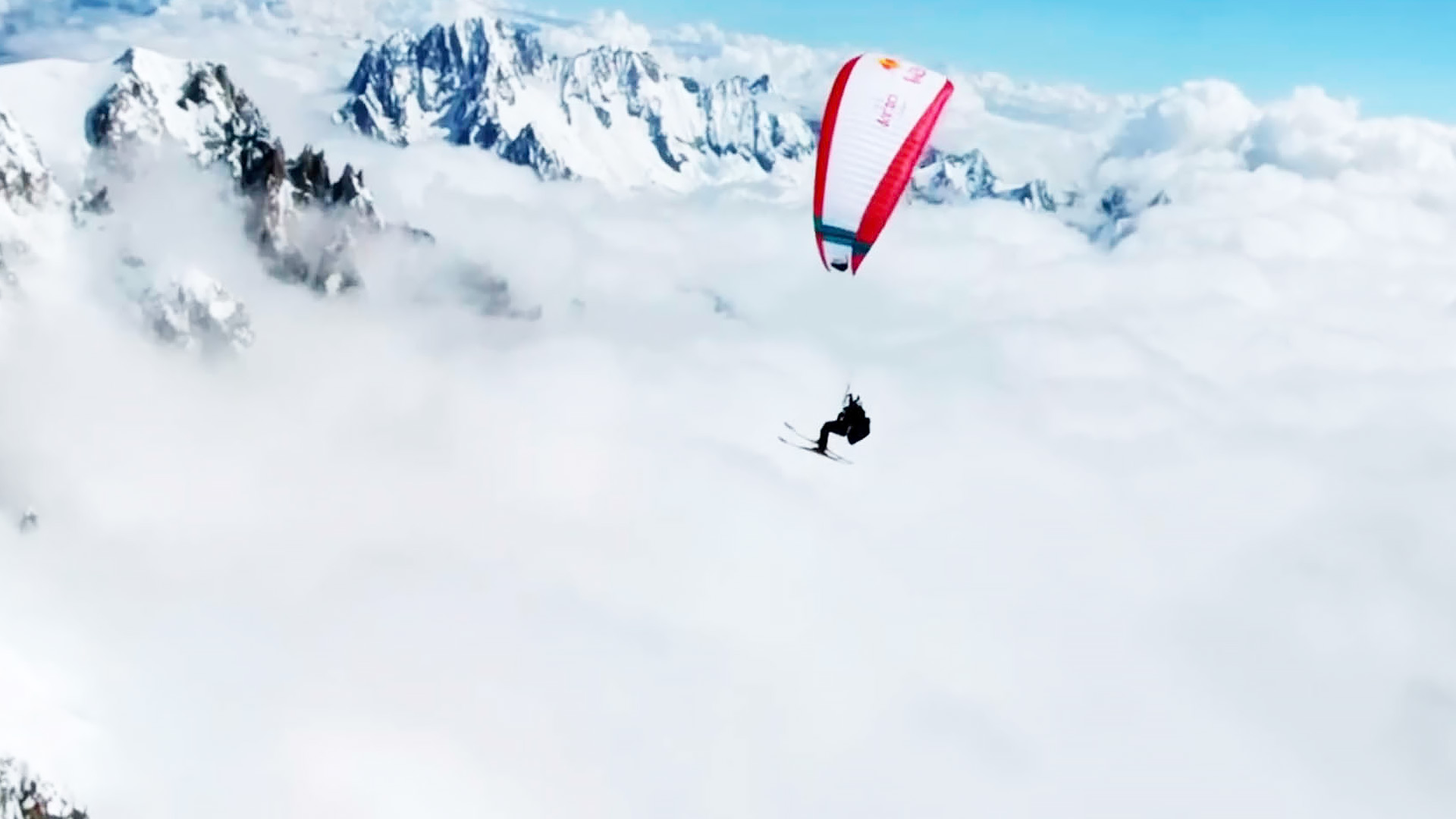
A significant focus of the film is logistics: mapping flight paths, adapting to weather, coordinating safety. The experience is augmented with traditional two-dimensional footage, displayed on flat screens presented in blackened-out tableaus. Common in immersive documentaries, they’re almost inevitably bland; surely VR directors can find ways to zhuzh them up. There’s no doubt however where the focus lies: those awesome, eye-watering vertiginous moments.
Recently the 180 video format has gained traction: earlier this year for instance Meta premiered The Faceless Lady and Apple a range of titles including Submerged and a Metallica documentary. This is partly because the format resolves a core issue forever present in 360 videos: where to look. In 180 experiences you can sit on a couch, bung on a headset, and stare straight ahead—no need to turn your neck. But productions with a 360 degree tableau, like Touching the Sky, allow the freedom to look anywhere, which poses all sorts of directorial challenges, and requires participation from the viewer.
Griffith leans into this, beginning Touching the Sky with text recommending that the experience be watched on a swivel chair. It’s usually clear where you’re intended to look, the visual focus points marked by humans. But it’d be interesting to see what a 180 version of this film would feel like, and to what extent it would impinge on its core feature: the sense of feeling liberated. Liberation not just of our gaze, but of the athletes themselves, as they conquer physics and push against the laws of the universe. The ancient human dream of flying lives eternal.







